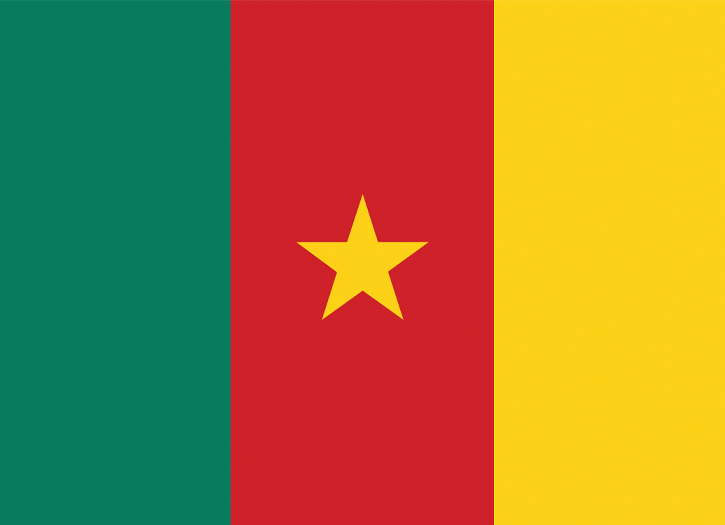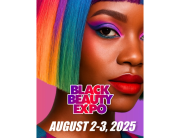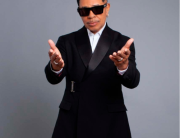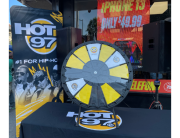Makossa is a Cameroonian style of urban music. Like much other late 20th century music of Sub-Saharan Africa, it uses strong electric bass rhythms and prominent brass. In the 1980s makossa had a wave of mainstream success across Africa and to a lesser extent abroad.
Later in the 1960s, modern makossa developed and became the most popular genre in Cameroon. Makossa is a type of funky dance music, best known outside Africa for Manu Dibango, whose 1972 single “Soul Makossa” was an international hit. Outside of Africa, Dibango and makossa were only briefly popular, but the genre has produced several Pan-African superstars through the 70s, 80s and 90s. Following Dibango, a wave of musicians electrified makossa in an attempt at making it more accessible outside of Cameroon. Another pop singer in 1970s Cameroon was André-Marie Tala, a blind singer.
By the 1970s, bikutsi performers like Maurice Elanga, Les Veterans andMbarga Soukousadded brass instruments and found controversy over pornographic lyrics. Mama Ohandja also brought bikutsi to new audiences, especially in Europe. The following decade, however, saw Les Tetes Brulées surpass previous artists in international popularity, though their reaction at home was mixed. Many listeners did not like their mellow, almost easy listening-styled bikutsi. Cameroonian audiences preferred more roots-based performers like Jimmy Mvondo Mvelé and Uta Bella, both from Yaoundé.
By the 1980s, makossa had moved to Paris and formed a new pop-makossa that fused the fast tempo zouk style popularized by Kassav from the French Caribbean. Prominent musicians from this period included Moni Bilé, Douleur, Bébé Manga, Ben Decca, Petit-Pays, and Esa.The 80s also saw rapid development of Cameroon’s media which saw a flourishing of both makossa and bikutsi. In 1980, L’Equipe Nationale de Makossa was formed, joining the biggest makossa stars of the period together, including Grace Decca, Ndedi Eyango, Ben Decca, Guy Lobe and Dina Bell. Makossa in the 80s saw a wave of mainstream success across Africa and, to a lesser degree, abroad, as Latin influences, French Antilles zouk, and pop music changed its form. While makossa enjoyed international renown, bikutsi was often denigrated as the music of savages and it did not appeal across ethnic lines and into urban areas.
In the 1990s, both makossa and bikutsi declined in popularity as a new wave of genres entered mainstream audiences. These included Congolese-influenced new rumba and makossa-soukous, as well as more native forms like bantowbol, northern Cameroonian nganja (which had gained some popularity in the United Kingdom in the mid-80s) and an urban street music called bend-skin. In 1993, the Pedalé movement was born as a reaction to the Cameroonian economic slump. Youthful artists like Gibraltar Drakuss, Zele le Bombardier, Eboue Chaleur, Pasto, Roger Bekono, Mbarga Soukous and Saint-Desiré Atango was a return to the aggressive, earthy sound of bikutsi roots. Meanwhile Henri Dikongué, whose music incorporated, amongst others, bikutsi and makossa, began to release albums which met international success.







Add Comment
You must be logged in to post a comment.